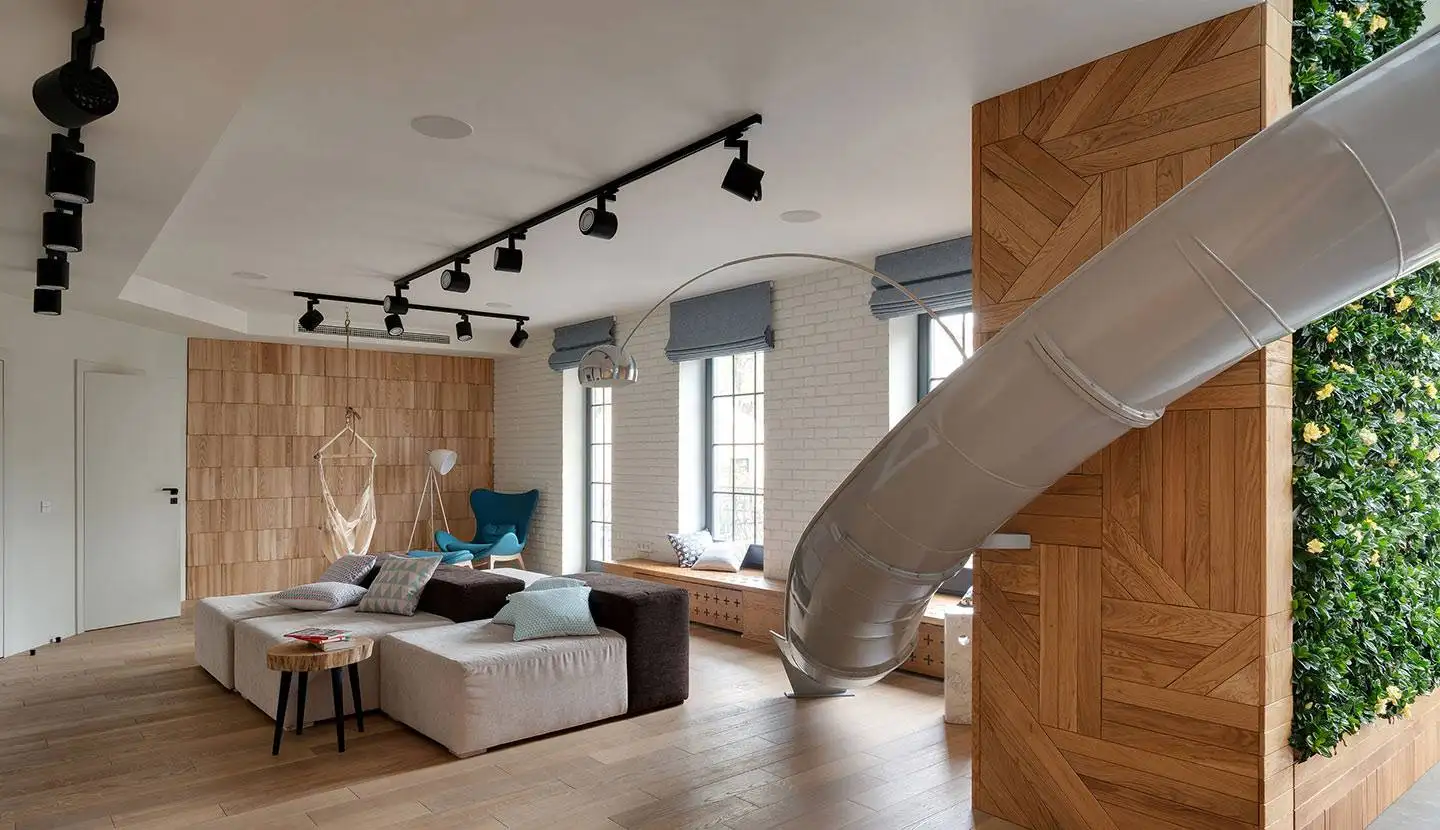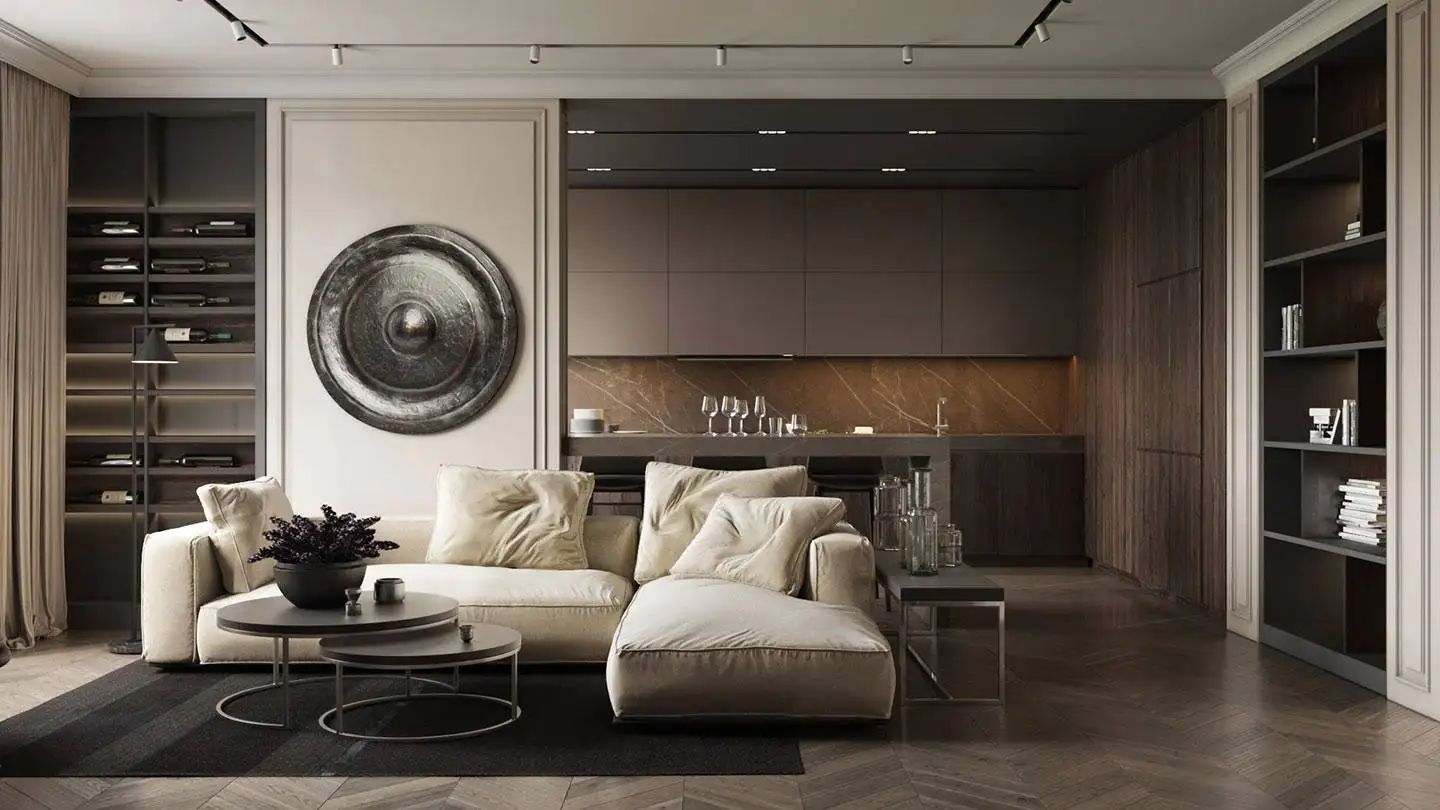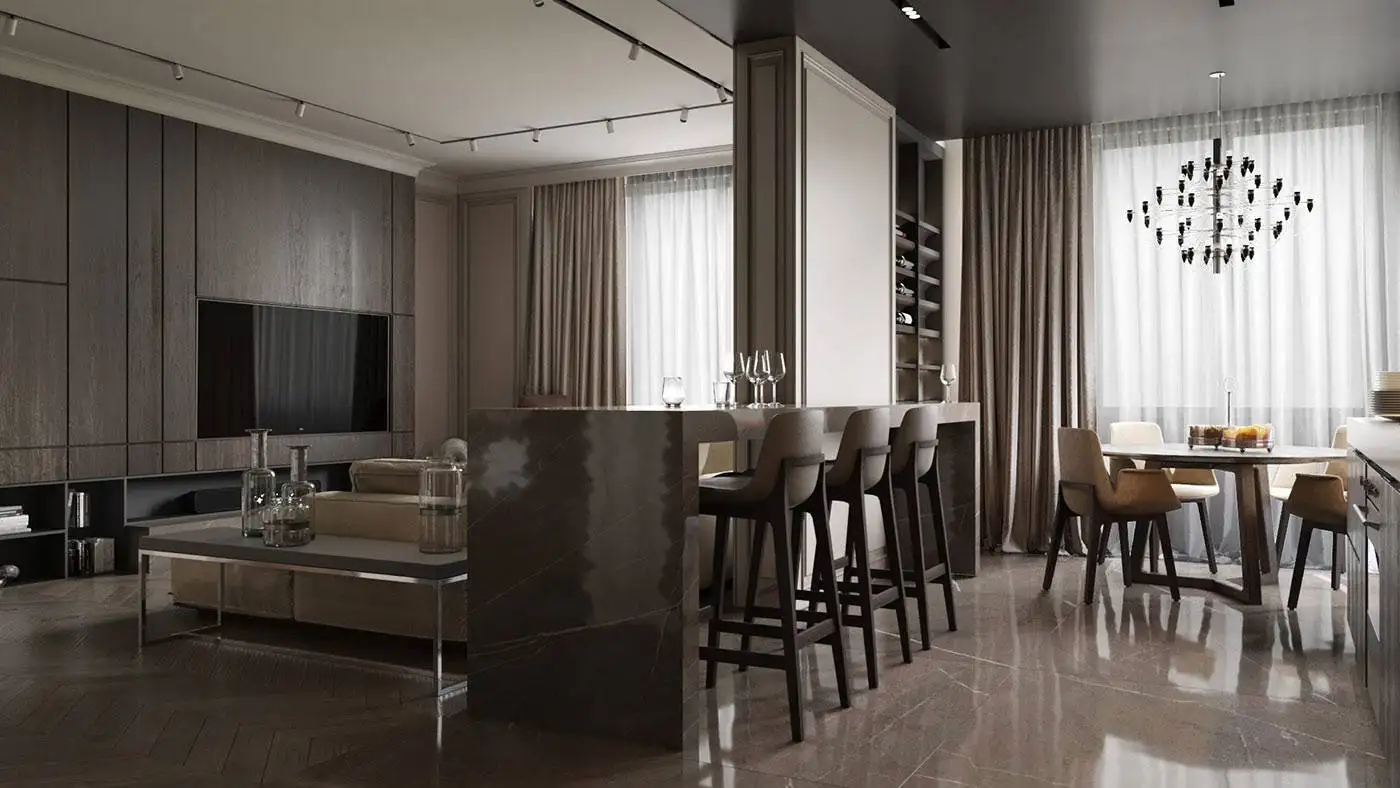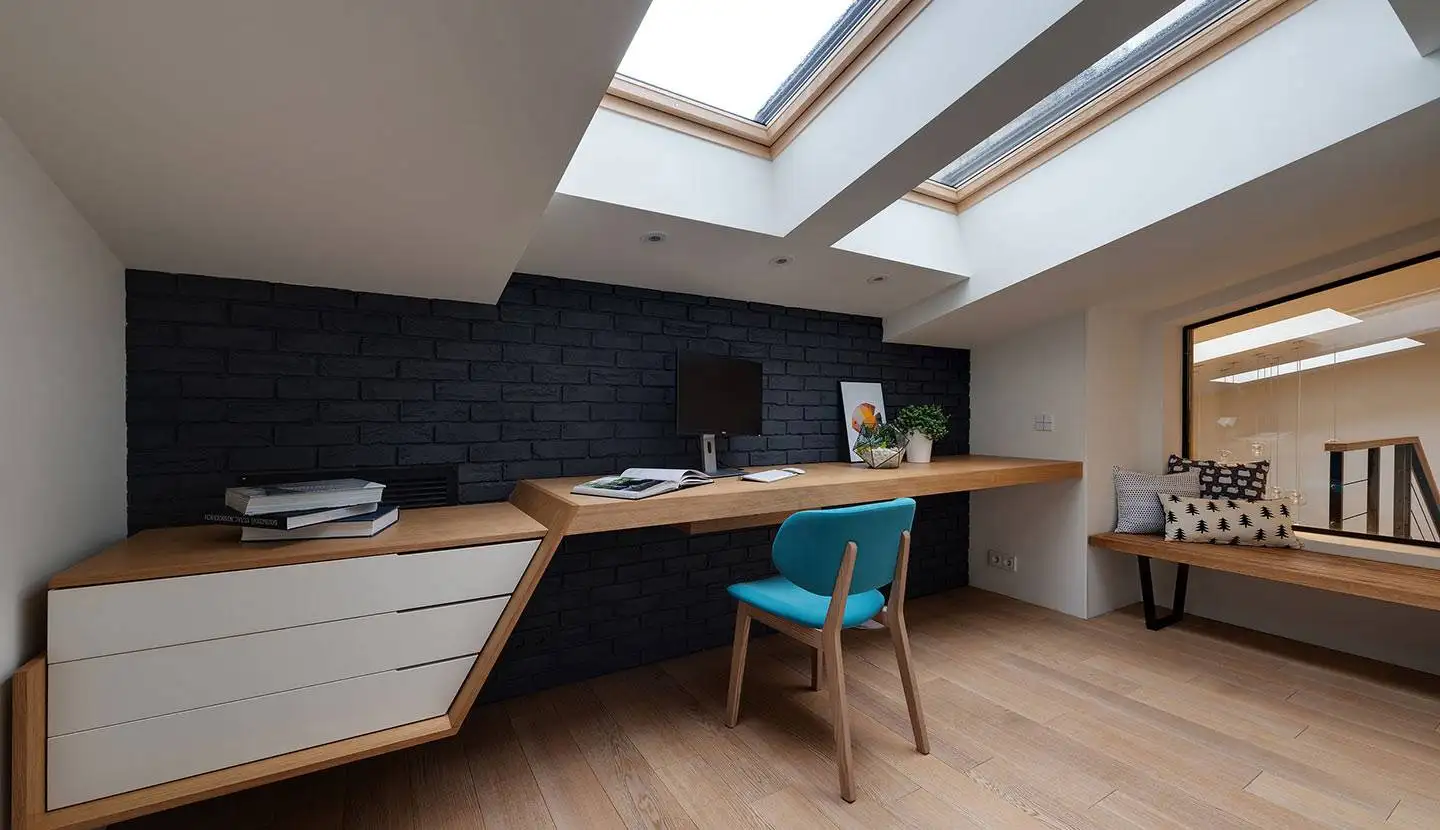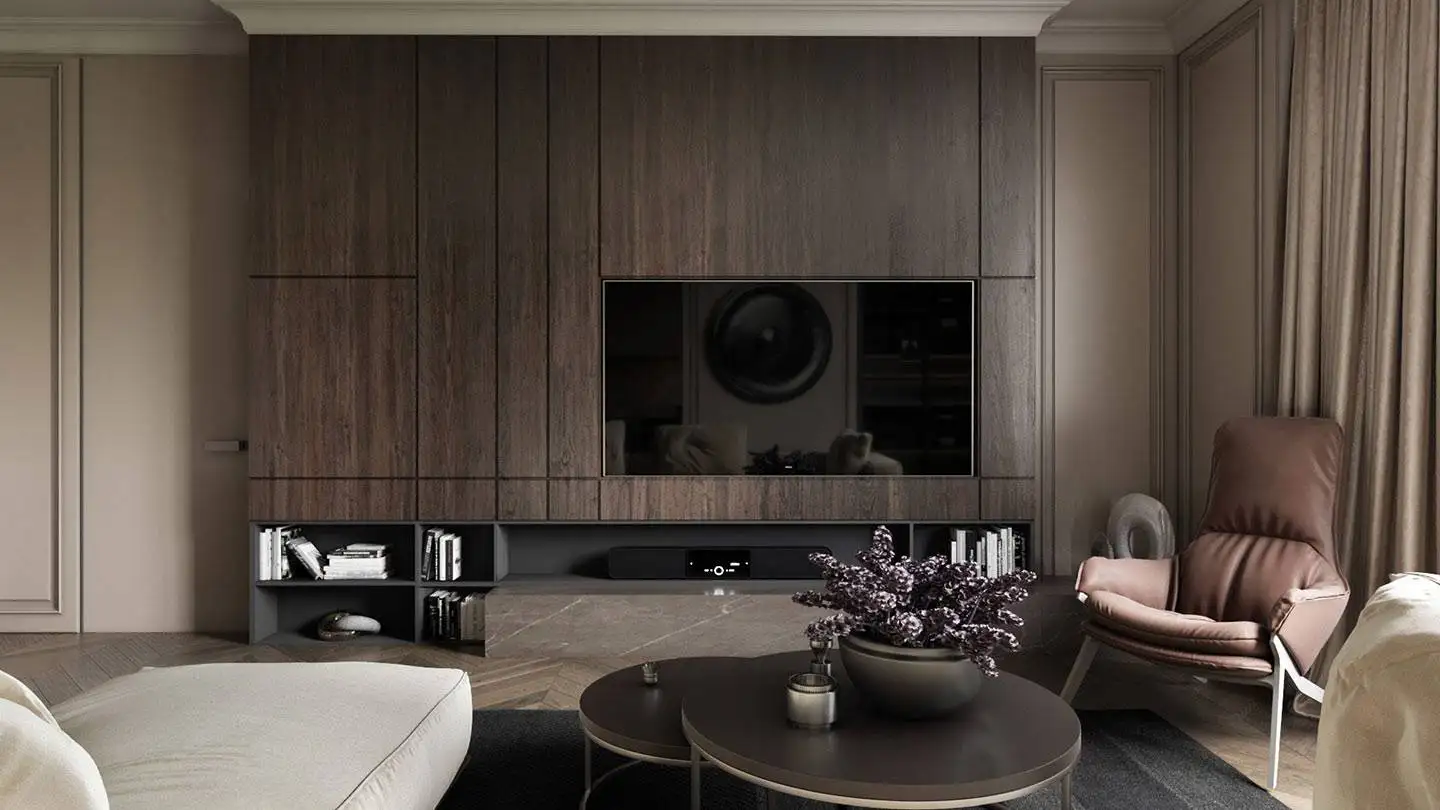Enhance Your Living Experience: The Essentials of Home Interior Design
Revitalize Your Living Space: Mastering the Fundamentals of Interior Design for Your Home
Embarking on the interior design of your home requires careful planning and an understanding of how best to utilize your space. By determining your budget upfront and selecting key pieces that serve as the foundation of your design, you set the stage for a harmonious and personalized living space.
Incorporating aspects of interior architecture and weaving in elements of inside home interior design such as color schemes, textures, and multifunctional furniture, transforms the look and feel of any room, especially the living room interior design. This holistic approach not only enhances the aesthetic appeal of your home but also optimizes the functionality of each space.
Understanding Your Home Interior Design Space and Style
Optimize Your Space
To truly enhance the functionality and flow within your home, start by analyzing your space and creating a layout that maximizes every area. Consider your lifestyle needs, whether it’s accommodating children, pets, or frequent entertaining, and choose furniture that is proportionate to the room’s size. Effective space planning not only ensures functionality but also enhances comfort and visual harmony in any room.
Establish Your Home Interior Design Style
Begin by identifying the overall mood or feel you desire for your space. Create a mood board that incorporates elements such as colors, patterns, textures, and materials that speak to your soul. This visual representation helps solidify your interior design vision and serves as a guide before making any purchases. Opt for foundational pieces that are versatile, favoring neutral colors and streamlined designs that can adapt to various styles and color schemes.
Functional Placement and Proportions
Strategic furniture placement is crucial for maintaining balance and functionality in your space. Ensure there is adequate space around furniture for easy movement—typically, keep 18 inches between the sofa and coffee table and allow 36 inches between furniture pieces in a grouping. Consider the scale and proportion of furniture; for instance, coffee tables should be ½ to ⅔ the length of your sofa, and end tables should be within 1-1.5 inches of arm height to the piece beside it. By adhering to these measurements, you create a cohesive and inviting space that is both beautiful and practical.
The Role of Color and Texture
Exploring Color Schemes and Their Impact
When deciding on the Home Interior Design. choosing the right color scheme is crucial in setting the desired atmosphere. You can opt for [complementary, analogous, monochromatic, or triadic schemes](https://www.linkedin.com/pulse/comprehensive-guide-design-interior-your-home-ekta-makadia) to achieve a specific aesthetic. For instance, monochromatic colors provide a harmonious look, while triadic schemes offer a vibrant and dynamic feel. Start with the walls as they are a primary source of color, choosing paint or wallpaper that aligns with your chosen color scheme.
The Significance of Texture in Design
Incorporating different textures adds depth and visual interest to your home. Textures can range from rough, smooth, soft, or firm, each contributing uniquely to the room’s ambiance. For a tactile and inviting atmosphere, consider using a mix of textures. Smooth and shiny surfaces can make a space appear sleek and contemporary, while rough and natural textures like wood or stone bring a rustic or organic feel. A textured accent wall, a woven tapestry, or a patterned rug can significantly enhance the room’s appeal by adding layers and dimensions.
Strategic Use of Textures and Colors
To create a balanced and harmonious environment, it’s important to coordinate textures and colors effectively. Consulting with a professional interior designer can be beneficial in achieving the right balance. Additionally, consider the impact of light on textures; smooth textures reflect light making a room look larger and brighter, whereas rough textures absorb light, creating a cozy and warm atmosphere. Layering different textures is also key to adding depth, and using fabrics in decoration allows for balance and contrast, which can be achieved by combining fabrics in different colors or using different materials in the same shade.
Furniture Selection and Arrangement
Optimize Functionality and Style
When selecting furniture for your home, it’s essential to focus on both functionality and aesthetic appeal. Start by determining the primary function of each room and consider the activities that will take place there. For instance, in a living room, arrange the furniture to accommodate social gatherings and relaxation. Ensure that you choose pieces that not only fit the space but also complement each other in terms of materials, textures, and patterns. This approach helps in creating a cohesive look that is both inviting and practical.
Strategic Placement for Comfort and Balance
Arranging furniture effectively involves more than just filling space. It’s about creating balance and enhancing the functionality of the room. Position your furniture around focal points, such as a fireplace or a large window, to give the room a structured flow. Incorporate ergonomic designs that promote comfort, especially in areas where you spend a lot of time. For multifunctional spaces, consider using furniture with built-in storage to minimize clutter. In the bedroom, place the bed away from the door while ensuring there is enough space around it for ease of movement.
Considerations for Specific Areas
In the dining room, a circular table with a pedestal base can make the space feel larger and is ideal for square rooms. In the kitchen, create efficient stations and keep essential tools within reach to enhance functionality. When arranging furniture in children’s rooms, ensure safety by placing beds away from windows and leaving ample room for play. In the master bedroom, involve your teen in the arrangement process to cater to their preferences, which can include using an armoire as an entertainment center.
Incorporating Personal Touches
Personalize Through Lighting and Storage
Incorporating different lighting types can dramatically alter the ambiance of your home. Ambient lighting provides overall illumination, task lighting focuses on specific areas for activities like reading, and accent lighting highlights architectural features or artwork. Additionally, integrating effective storage solutions helps maintain a clutter-free environment, blending functionality with aesthetic appeal. This approach not only enhances the space’s usability but also its visual appeal, making your home feel both organized and inviting.
Natural Elements and Personal Artifacts
Bringing the outdoors inside by incorporating natural elements such as plants or natural stone decor can add a unique touch to your interior design, creating a calming and refreshing atmosphere. To further personalize your space, consider displaying cherished items like family heirlooms, travel souvenirs, or unique artwork. These personal touches add layers of authenticity and warmth, making your home a true reflection of your personality and experiences.
Seasonal and Creative Expressions
Seasonal decor can transform your living space, injecting new energy and reflecting the time of year, while DIY decor projects like photo walls or handcrafted items add a personal signature to your home. For those who enjoy changing their environment regularly, removable wallpaper offers a way to bring color and pattern into your rooms without long-term commitment, allowing for easy updates according to mood or season.
Conclusion
Through meticulous planning and a keen eye for design, one can truly transform a house into a home interior design that not only reflects personal taste but also enhances living experience. By prioritizing aspects such as understanding space and style, optimizing furniture selection and arrangement, and the strategic incorporation of color and texture, individuals can create a personalized environment that is both functional and aesthetically pleasing. These foundational elements serve as a guide to navigate the multifaceted world of interior design, ensuring that each room promotes comfort and reflects the unique identity of its inhabitants.
Moreover, the addition of personal touches and natural elements brings a layer of warmth and authenticity, making your space truly your own. Whether through the integration of lighting that changes the ambiance, smart storage solutions that merge practicality with style, or the incorporation of cherished personal artifacts and seasonal decorations, each choice contributes to making your living space an inviting haven. Ultimately, the essence of home interior design lies in its ability to harmonize functionality with personal expression, creating spaces that not only look beautiful but also resonate deeply with those who inhabit them.
FAQs
1. What is the significance of experience in the field of interior design?
Experience is crucial in interior design as it enables designers to apply their knowledge and skills to actual projects, hone their design style, and build a portfolio. This portfolio demonstrates their capabilities to future clients, showcasing their ability to transform concepts into reality.
2. What are the key attributes needed to be a successful interior designer?
A proficient interior designer should possess several essential qualities, including strong organizational and planning skills, creativity, and artistic flair. An understanding of color, shape, and form is vital, along with staying current with the latest design trends. Effective communication, presentation, negotiation, and problem-solving skills are also critical, especially when working within deadlines and budgets.
3. How can I enhance the Home Interior Design?
To improve your home’s interior design, consider these expert tips: Establish a cohesive color scheme, prioritize quality over quantity, experiment with different layout designs, ensure artwork is hung at the perfect height, and select the appropriate lighting for each space. These strategies can help you create a more personalized and enjoyable living environment.
4. What impact does interior design have on our daily lives?
Interior design significantly influences our daily lives by creating aesthetically pleasing and functional spaces. Professional designers expertly blend colors, textures, furniture, and lighting to craft environments that not only look good but also enhance comfort, promote relaxation, and increase productivity. This thoughtful approach to design can improve overall quality of life.




